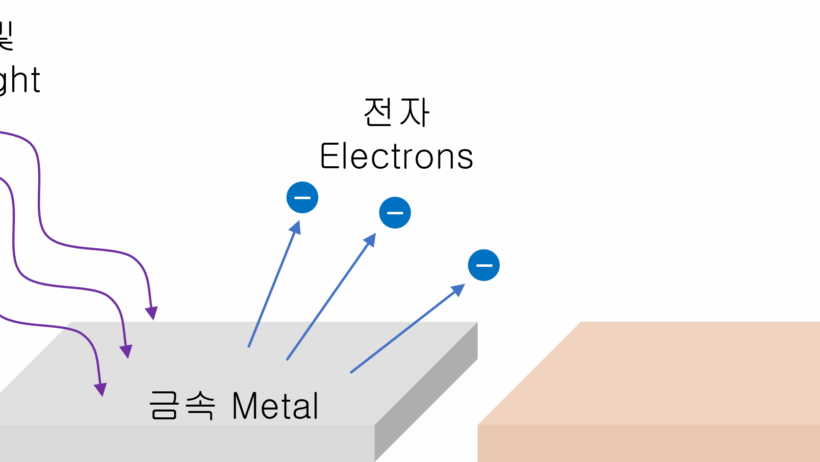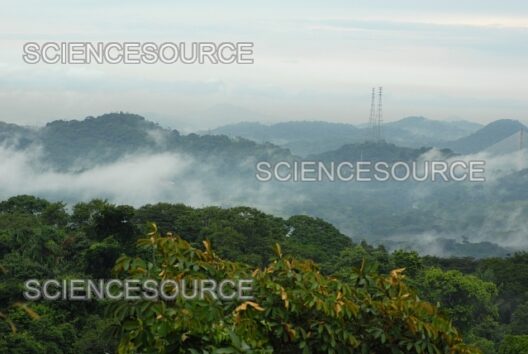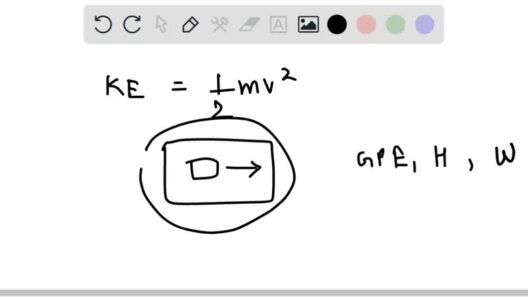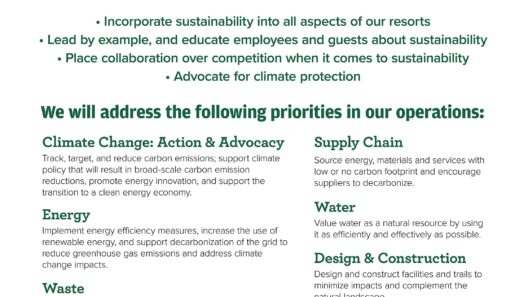The photoelectric effect is a phenomenon that eloquently illustrates the relationship between light and energy. It not only underscores the intricate principles of quantum physics but also invites us to consider its implications for energy conservation and the generation of electric power. In a world increasingly aware of its ecological footprints, understanding how energy can be conserved and transformed through this process is paramount. This exploration promises to shift our perspective, revealing the potential of photonic interactions to contribute to sustainable energy solutions.
The essence of the photoelectric effect lies in the interaction between light and matter, specifically how photons—packets of light—can elicit the release of electrons from a material, usually a metal. When light, particularly ultraviolet or visible light, strikes a surface, its energy can be absorbed by electrons within that material. If the energy of the incoming photons exceeds a certain threshold, known as the work function, electrons are ejected from the material’s surface. This release of electrons constitutes an electric current, linking light to electric power in a direct and transformative manner.
The conservation of energy in this context is intricate yet beautifully logical. When photons hit the material, they transfer their energy to the electrons. According to the law of conservation of energy, this energy cannot simply vanish; instead, it manifests in the kinetic energy of the ejected electrons. If the photon energy is sufficient, it is possible for the electrons to escape the material entirely, resulting in an electric current. The interplay between photon energy, electron energy, and the work function illustrates a precise yet complicated dance of energy transformation. Each photon absorbed can be viewed as contributing to the net electric output, hinting at the efficiency of using light as an energy source.
This concept extends beyond theoretical physics and touches on practical applications, particularly in the realm of solar energy. The photoelectric effect is foundational for photovoltaic cells, which convert sunlight directly into electricity. These cells exemplify how harnessing light for energy can lead to sustainable practices that mitigate climate change. The integration of such technology into everyday life is imperative. By converting sunlight—a renewable resource—into usable electric power, we can reduce reliance on fossil fuels, which are notorious for their greenhouse gas emissions.
Modern photovoltaic systems often incorporate multiple layers of materials to maximize light absorption and conversion efficiency. Silicon, the most prevalent material used, excels in its ability to generate electric current from sunlight due to its semiconductor properties. When light strikes silicon atoms, it can excite electrons, allowing them to move freely, which contributes to the creation of an electric circuit. The efficiency of this process hinges on several factors, including the quality of the materials used, the angle at which sunlight strikes the cells, and the temperature of the environment.
As we delve deeper into this transformative process, it assists in piquing curiosity about not only how energy is conserved but the broader implications for technology and environmental stewardship. Imagine the potential if researchers enhance the efficiency of photovoltaic cells or if novel materials surpass current limitations. As advances emerge, the prospect of generating electricity from light can significantly contribute to addressing energy demands worldwide, while simultaneously combating climate change.
Moreover, the photoelectric effect is not confined to silicon; ongoing research explores alternative materials like perovskites, which demonstrate promise due to their exceptional light absorption capabilities and ease of fabrication. Such advancements could lead to more accessible solar technology, enabling widespread adoption. This progress signals a promising horizon in the quest for environmentally friendly energy solutions.
Parallel to this, understanding energy conservation within the photoelectric effect encourages a broader contemplation of energy use. It emphasizes the necessity of developing infrastructures that support renewable energy generation, distribution, and storage. As societies evolve, integrating renewable sources into energy grids becomes paramount in reducing carbon footprints. Energy conservation within these frameworks is not merely about efficiency; it encompasses a holistic approach to sustainable living, rooted in the principles reflected in the photoelectric effect.
It’s equally essential to highlight the growing interest in innovative applications of the photoelectric effect beyond traditional solar panels. Concepts like solar windows, where transparent photovoltaic materials are embedded in glass, offer the exciting potential for energy generation without sacrificing aesthetics. These developments not only contribute to energy autonomy but challenge the way we perceive architectural design and urban planning.
In conclusion, the photoelectric effect serves as a testament to the intricate dance of light and energy. It bridges theoretical understandings of quantum mechanics and practical applications in renewable energy technologies. The profound implications of harnessing this phenomenon challenge us to rethink our energy paradigms. By investing in and adopting technologies that capitalize on the photoelectric effect, we can shift towards a more sustainable future. The promise lies not just in understanding how energy is conserved but also in recognizing its capacity to transform our world, urging us to embrace innovative and environmentally conscious solutions.






